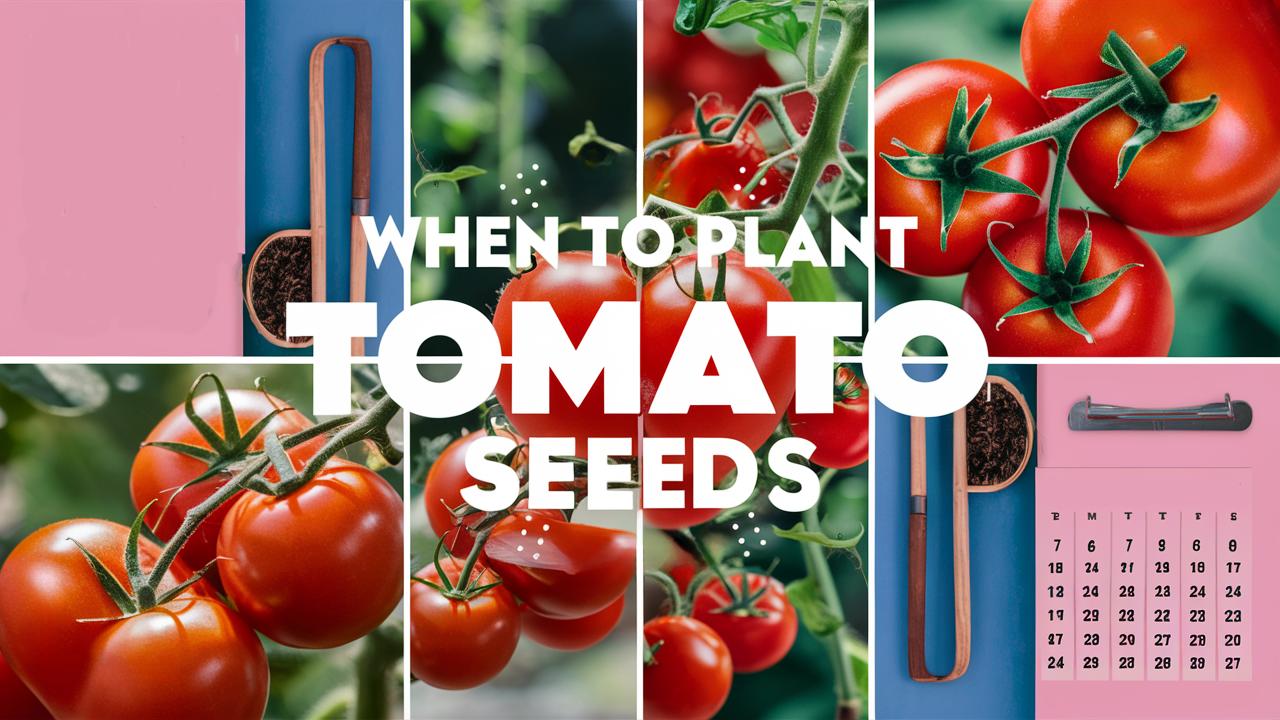In this guide, we’ll explore the ideal times for planting tomato seeds, taking into consideration factors such as your specific growing zone, the nature of your gardening methods, and even some practical tips to boost your chances of success. Let’s dig in!
Understanding Your Growing Zone
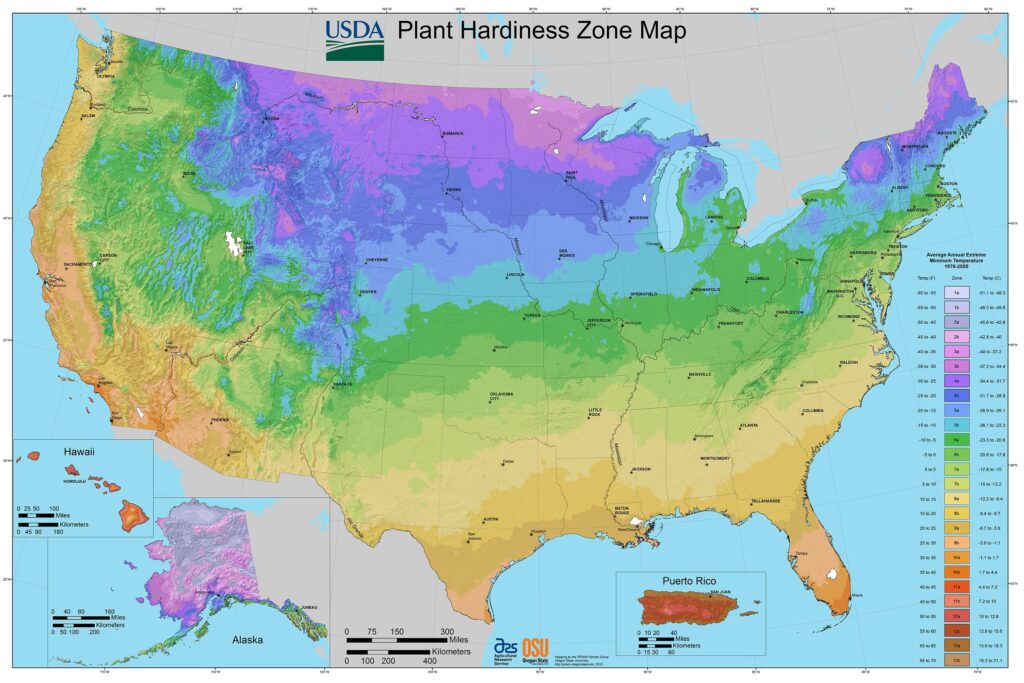
Before you even think about planting your tomato seeds, it’s essential to understand your growing zone. The United States Department of Agriculture (USDA) has divided North America into hardiness zones that indicate the average temperatures and frost dates. This zone map helps gardeners determine what plants will thrive in their climate. Here’s a brief overview of how to find your zone:
Check the USDA Plant Hardiness Zone Map: Most gardening centers provide hardiness zone information based on geographical location. You can easily find this map online to determine your specific growing zone.
Know Your Last Frost Date: Tomato seeds need warmth to germinate. Knowing your area’s average last frost date is crucial because tomato plants are sensitive to cold. You’ll want to plant your seeds indoors or outdoors at the right time to avoid frost damage.
By understanding your growing zone, you can better decide when to plant your tomato seeds. For example, if you live in a warmer climate (zones 8-10), you may be able to plant seeds directly outdoors earlier than someone in a cooler area (zones 3-5).
Indoor vs. Outdoor Planting
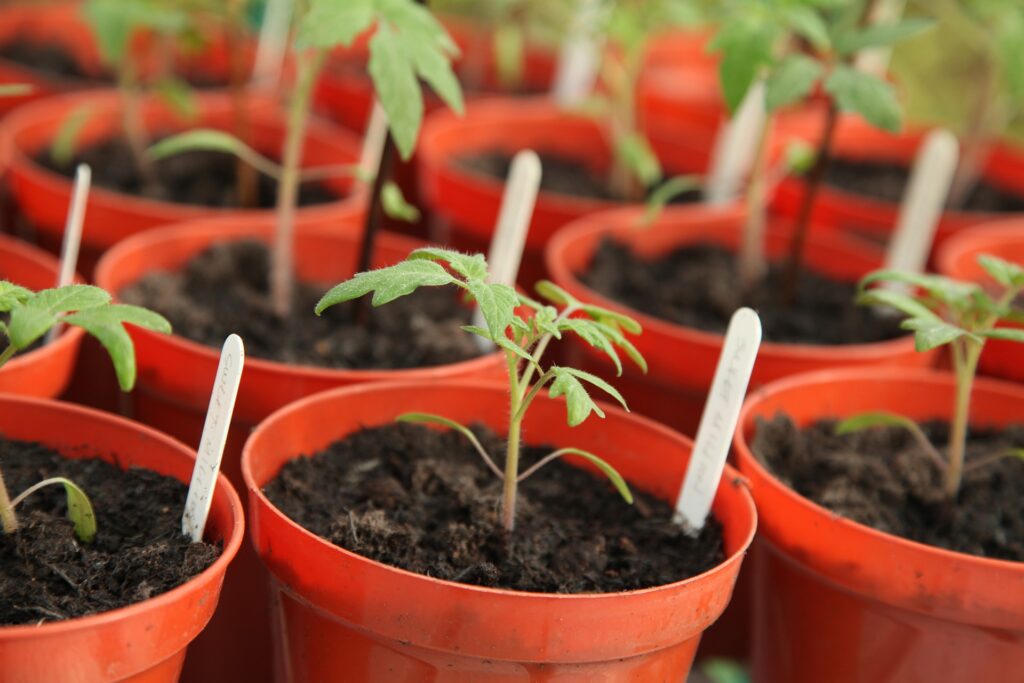
Once you’ve identified your growing zone and its average last frost date, you need to decide whether to start your tomato seeds indoors or directly outdoors. Each method has its pros and cons, and your choice may influence your planting timeline.
Starting Seeds Indoors
If you decide to start your tomato seeds indoors, you typically should sow the seeds 6 to 8 weeks before your last expected frost date. This gives the plants a head start in a controlled environment, allowing them to grow strong before being transplanted outside. Here’s how to approach it:
Choose the Right Containers: Use seed trays or biodegradable pots that allow easy transplantation.
Use Quality Seed-Starting Mix: A light, well-aerated soil mix is vital for seedlings. It promotes healthy root development and reduces the risk of disease.
Provide Optimal Growing Conditions: Ensure your seedlings have about 14-16 hours of light each day. Using grow lights can be beneficial, especially in early spring when natural light is limited.
Monitor Watering and Humidity: Keep the soil moist but not waterlogged. A humidity dome or plastic wrap can help maintain moisture but should be removed once the seeds germinate.
By starting seeds indoors, you’ll have strong, healthy seedlings ready to move outside after the last frost has passed.
Direct Sowing Outdoors
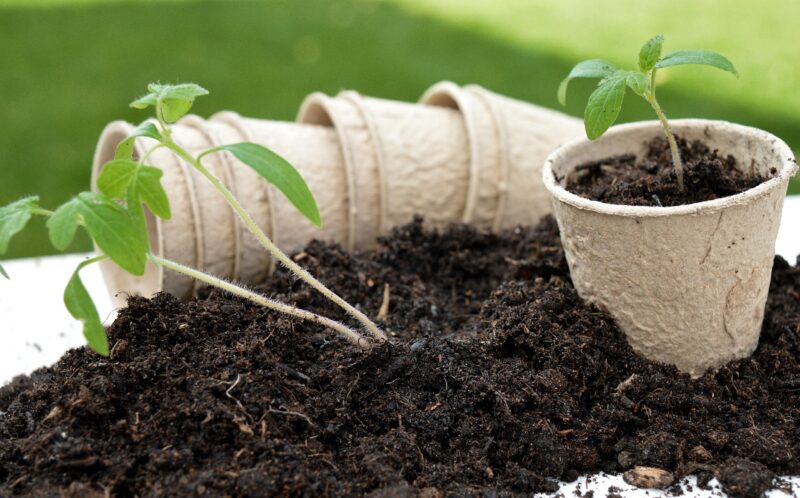
For those in warmer climates, directly sowing tomato seeds outdoors may be a viable option. However, it’s essential to wait until all risk of frost has passed and the soil temperature is consistently at least 60°F (15.5°C). Here are steps to consider:
Prepare the Soil: Before planting, ensure your soil is well-draining and rich in organic matter. Amend with compost or aged manure to provide tomatoes with essential nutrients.
Create Planting Rows: Space the rows adequately to allow for air circulation, keeping in mind that tomato plants need plenty of room to grow.
Sow Seeds Properly: Plant seeds to a depth of about 1/4 to 1/2 inch. Ensure you have a consistent watering schedule as newly sown seeds need consistent moisture to germinate.
Watch the Weather: Be vigilant about the forecast in case of unexpected temperature drops, particularly if freshly sown seeds are vulnerable to erratic weather.
By mastering the art of direct sowing, you can have tomato plants growing in their natural environment from the get-go, giving them a chance to adapt as they grow.
Seed Selection Matters
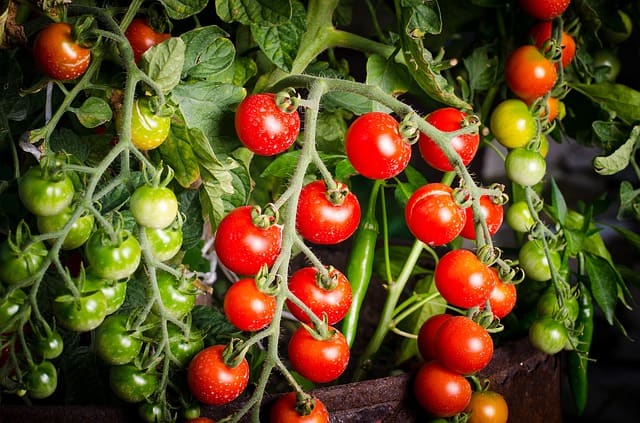
Choosing the right variety of tomato seeds is critical when planning your gardening schedule. Different tomato varieties have various maturation times, growth habits, and climate adaptability. When to plant your seeds also depends on the type you choose:
Determinate vs. Indeterminate: Determinate tomatoes grow to a certain height and produce fruit more quickly, while indeterminate varieties continue to grow and produce throughout the season. Knowing which type you want will help you plan your timeline; for instance, determinate types may require a bit more planning to ensure staggered harvests.
Climate-Specific Varieties: Some tomato varieties are bred for specific climates. If you live in a cooler area, opt for early-maturing varieties that can handle lower temperatures. Conversely, if you are in a hotter region, consider sun-loving varieties that thrive in heat.
Heirloom vs. Hybrid: Heirloom tomatoes are often sought for their unique flavors and textures. However, hybrid varieties tend to be more robust and disease-resistant, leading to longer growing seasons. Assess your needs and preferences before choosing your seeds.
Timing Varieties Based on Growth Rates
Understanding the growth rates of different tomato varieties will help you stagger your plantings for a longer harvest window. Here’s a quick breakdown:
Early Varieties: These typically mature in about 50-70 days. If you want to harvest by mid-summer, you should start these seeds indoors around late March to early April, depending on your zone. Good examples are ‘Early Girl’ or ‘Sun Gold’.
Mid-Season Varieties: Taking about 70-85 days to mature, popular choices like ‘Celebrity’ fall in this category. Start these seeds indoors around late March to early April as well.
Late Varieties: These tomatoes require longer to mature (85 days or more). If you choose types like ‘Brandywine’, you should plan on starting your seeds indoors as early as late February to mid-March, again depending on your frost date.
By aligning your seed selection with your planting timeline, you can maximize your harvest and enjoy the fruits of your labor sooner.
Key Signs And Signals
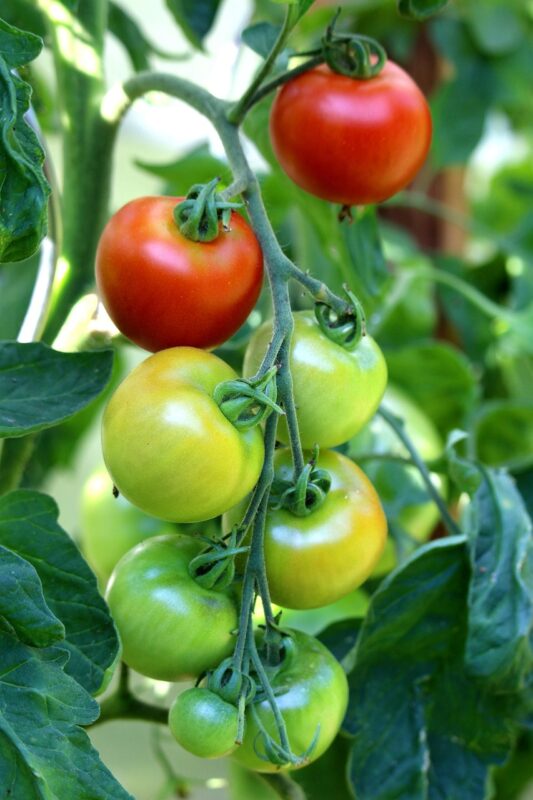
The soil and environmental factors play a crucial role in determining when to plant tomato seeds. Being attentive to your surroundings can offer valuable clues for planting timing:
Temperature
Tomatoes thrive in warm conditions. Knowing the ideal temperature ranges is vital:
Soil Temperature: The soil should be consistently warm, ideally at temperatures of around 60°F (15.5°C) to 70°F (21°C) for optimal germination.
Air Temperature: Nighttime temperatures should ideally stay above 50°F (10°C) and daytime temperatures around 70°F (21°C) or higher.
Frost Dates
Understanding the typical frost pattern of your region helps you avoid damage to delicate tomato seedlings:
Monitor Local Weather: Keep an eye on local weather forecasts as the season approaches. Be prepared to cover plants or delay planting if unexpected cold snaps occur.
Use Frost-Resistant Techniques: If you’re eager to plant earlier, consider using row covers or cloches that provide protection against chilly nights and premature frosts.
By observing these environmental signals, you can plant your tomato seeds at just the right moment to give them the best chance of thriving.
Tips for Successful Tomato Seed Planting
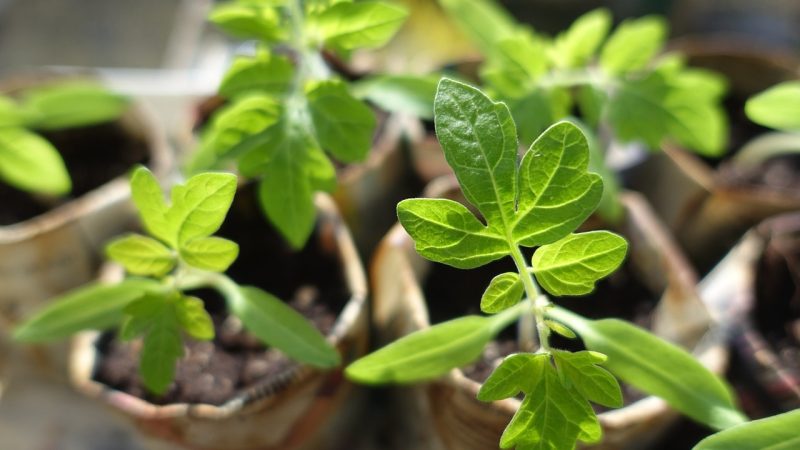
Now that you’re adequately prepared and know when to plant, here are some extra tips to ensure your tomato seeds have the best chance of success:
Spacing: When planting your seeds or seedlings, space them adequately. This promotes good air circulation, which can reduce the risk of common tomato diseases like blight.
Support Structures: Consider incorporating support structures early on, such as stakes or cages. Many varieties will require support as they grow, and establishing this during planting will help avoid disturbing the root systems later.
Consistent Watering: Tomato plants require consistent moisture, especially during flowering and fruiting, so ensure you have a regular watering schedule—deeply but not excessively.
Mulching: Apply a layer of mulch around your plants to retain moisture and suppress weeds. Organic mulches help improve soil health as they decompose.
Nutrient Management: Regularly feed your plants with a balanced fertilizer. Tomatoes are heavy feeders requiring ample nutrients, especially calcium, to prevent blossom end rot.
Pest Control: Watch for common tomato pests such as aphids, spider mites, and tomato hornworms. Integrated pest management strategies will help you keep these threats at bay.
By implementing these expert tips, you can set your tomato seeds up for success, ultimately leading to a vibrant and fruitful harvest.
Conclusion: Cultivating Your Tomato Journey
When to plant tomato seeds is a question that encompasses a variety of factors—from understanding your growing zone to selecting the right varieties and perfecting the conditions for growth. The excitement that comes with planting seeds and watching them blossom into fruitful plants can be immensely rewarding. As you embark on this journey, remember to take your time, observe your environment, and adjust as necessary.


